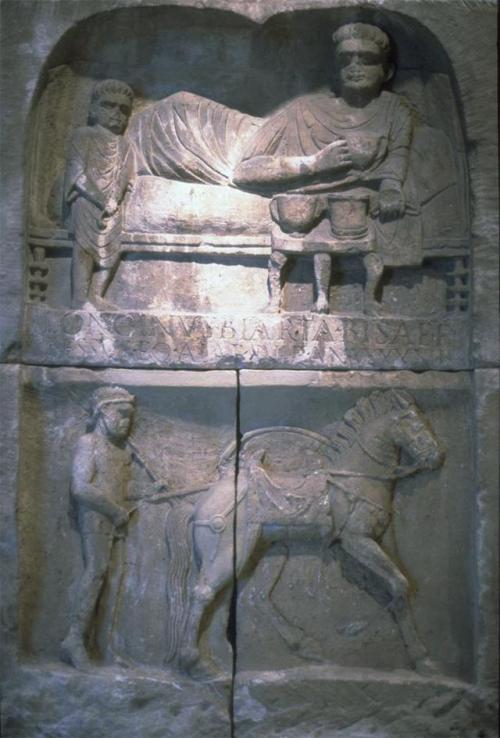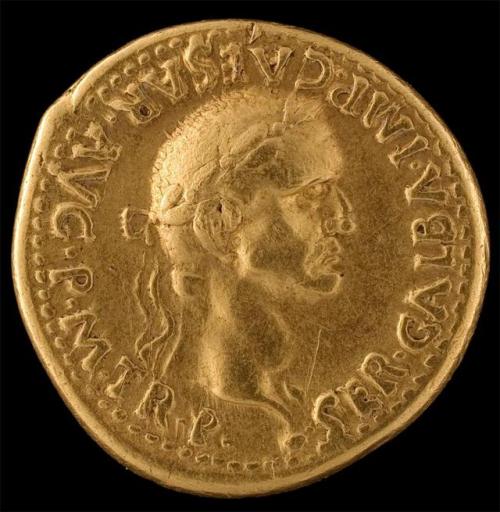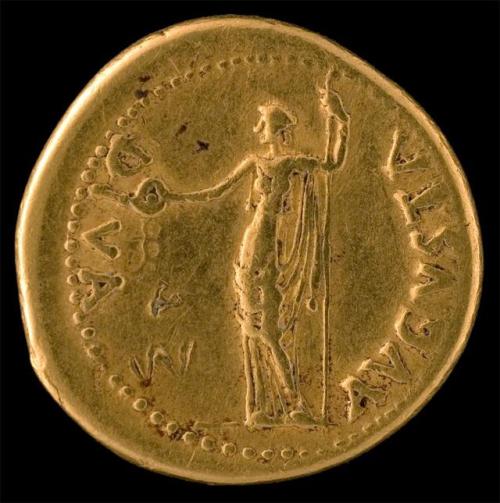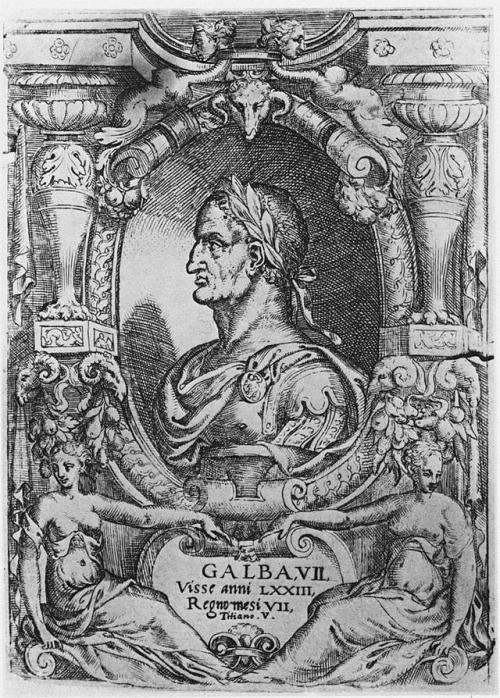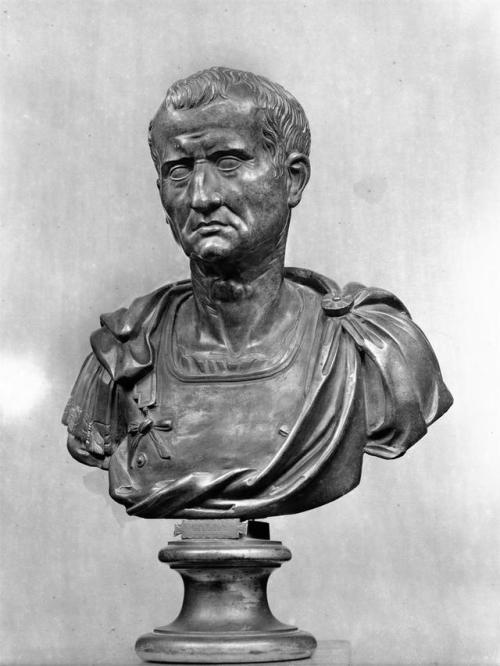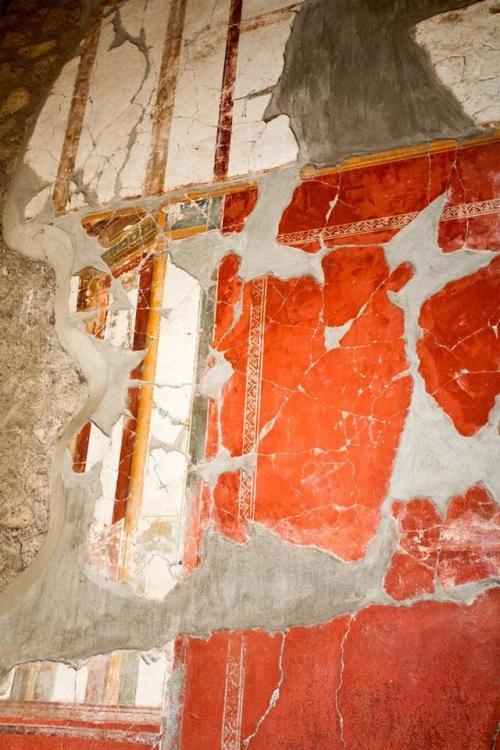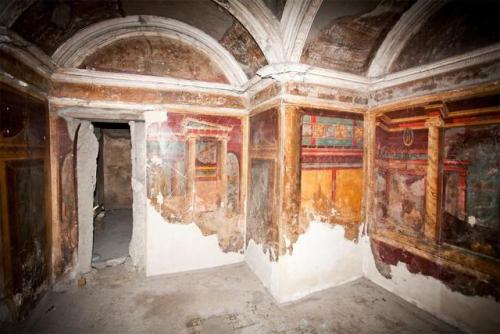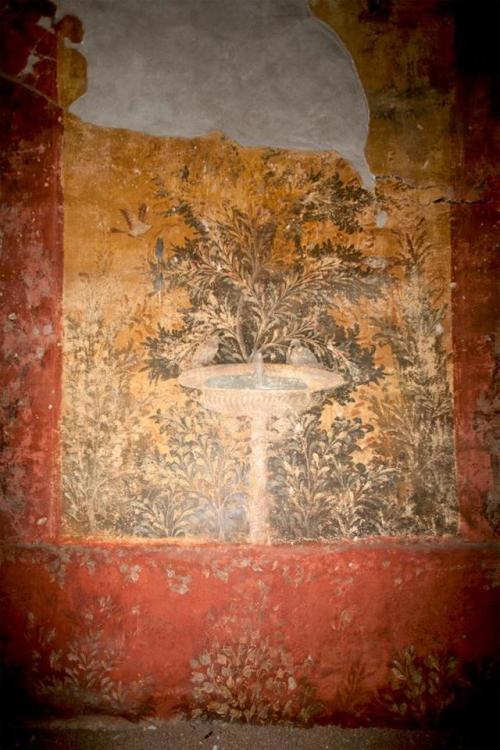italianartsociety:By Jean Marie Carey Roman Emperor Galba (Servius Sulpicius Galba) was born 24 De
italianartsociety: By Jean Marie Carey Roman Emperor Galba (Servius Sulpicius Galba) was born 24 December 3 BCE in Rome. The son of an ancient patrician family was a favorite of the Empress Livia moved in the most elevated social circles of the Julio-Claudian era. He was governor of Aquitania, consul (33), governor of Upper Germany (40–2), and proconsul of Africa (44–5); his standing was recognized by the award of triumphal insignia and three priesthoods. Governor of Hispania Tarraconensis (north-east Spain) from 60, he was approached in 68 by Julius Vindex, who was instigating revolt against Nero. Galba had his troops proclaim him as representative of the senate and people of Rome, and enrolled a new legion (eventually VII Gemina) in addition to the one in his province. Although Vindex was defeated, Nero’s suicide and the support of Gaius Nymphidius Sabinus and the praetorians encouraged Galba to march on Rome. Once in power, Galba tried to recover Nero’s extravagant largess, but the execution of several opponents including Lucius Clodius Macer who had raised revolt in Africa, and the brutal killing of soldiers recruited by Nero from the fleet cast a shadow. Galba’s avarice was notorious. He declined to pay the praetorians the donative promised by Nymphidius, saying that it was his practice to levy his troops not to buy them. He compounded this misjudgement by failing to control his own supporters. When on 1 January the legions of Upper Germany, who felt that they had been cheated of their reward for defeating Vindex, renounced their allegiance, Galba decided to adopt a successor, choosing Lucius Calpurnius Piso Frugi Licinianus. Otho, coveting this role for himself, fomented revolt among the praetorians, who murdered Galba on 15 January 69. Reference: Campbell, John Brian. “Galba.” In Who’s Who in the Classical World. Oxford University Press, 2003. http://www.oxfordreference.com/view/10.1093/acref/9780192801074.001.0001/acref-9780192801074-e-236. Grave monument for the cavalryman Longinus Biarta who served with a unit of auxiliary cavalry originally raised in Bulgarian Thrace by the Emperor Galba, 68. Römisch-Germanisches Museum, Köln, Nordrhein-Westfalen, Germany, Nr. S.25/474. Gold Aureus of Galba, 68. Reverse: Livia, holding patera in right hand and leaning on scepter in left hand; DIVA AVGVSTA; obverse: Laureate head of Galba; SER GALBA IMP CAESAR AVG P M TR P. Wriston Art Galleries, Lawrence University, Appleton, Wisconsin. Ottilia Buerger Coin Collection, Nr. 91142. Andrea Schiavone, Galba: The Twelve Caesars. The Illustrated Bartsch. Vol. 32, Italian Artists of the Sixteenth Century: School of Fontainebleau Galba, Emperor of Rome, Anonymous Italian Sculptor, late 17th Century. Foto Reali Archive. Wall Paintings, Villa of Poppaea, owned by Nero, c. First Century. Oplontis, Italy. Shmuel Magal, Sites and Photos. Further Reading: Erich S. Gruen. Cultural Identity in the Ancient Mediterranean. Los Angeles, CA.: Getty Research Institute, 2011. Jiří Frel and Sandra Knudsen Morgan. Roman Portraits in the Getty Museum. Tulsa, Okla.: Philbrook Art Center, 1981. -- source link
Tumblr Blog : italianartsociety.tumblr.com
